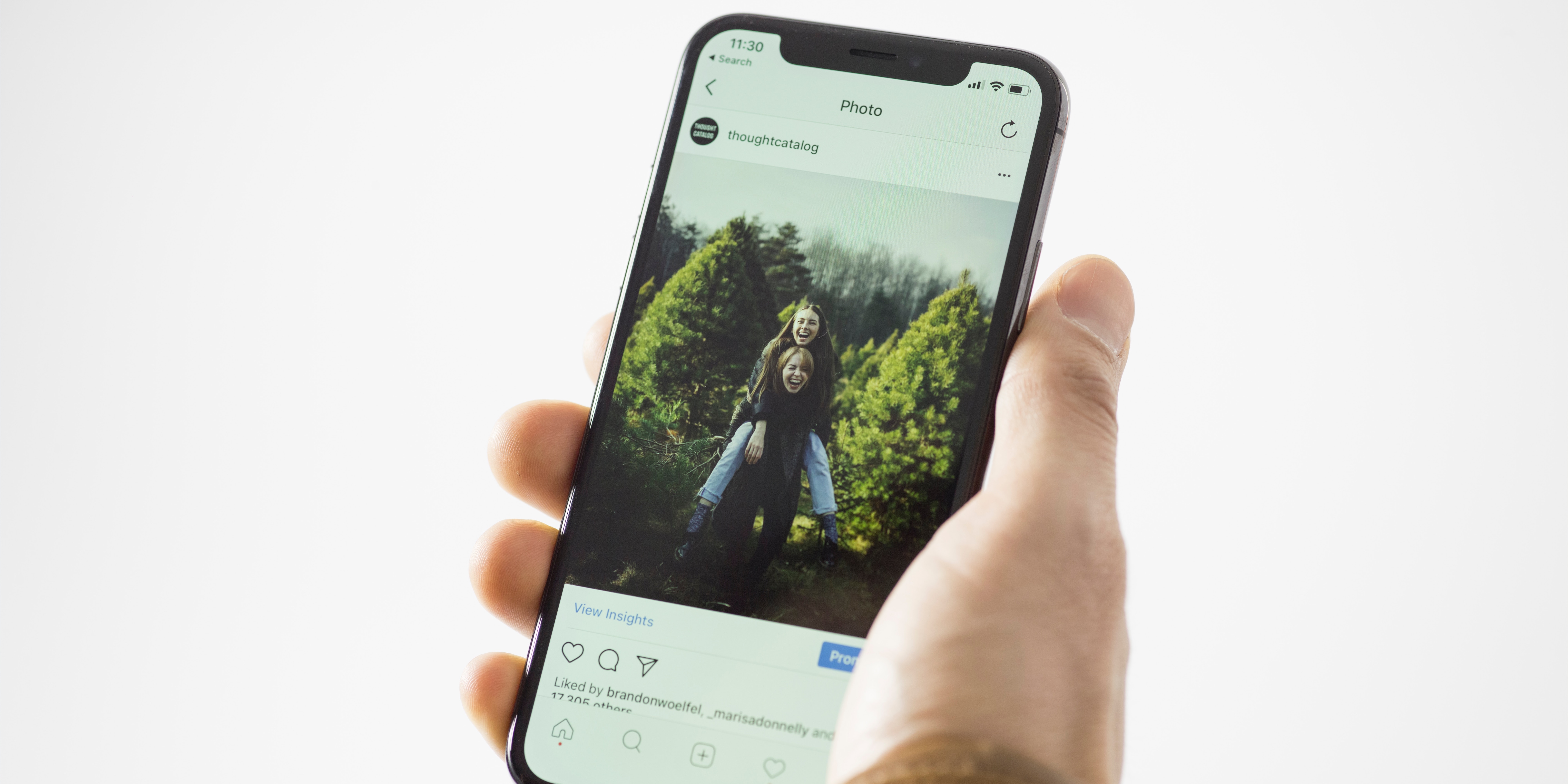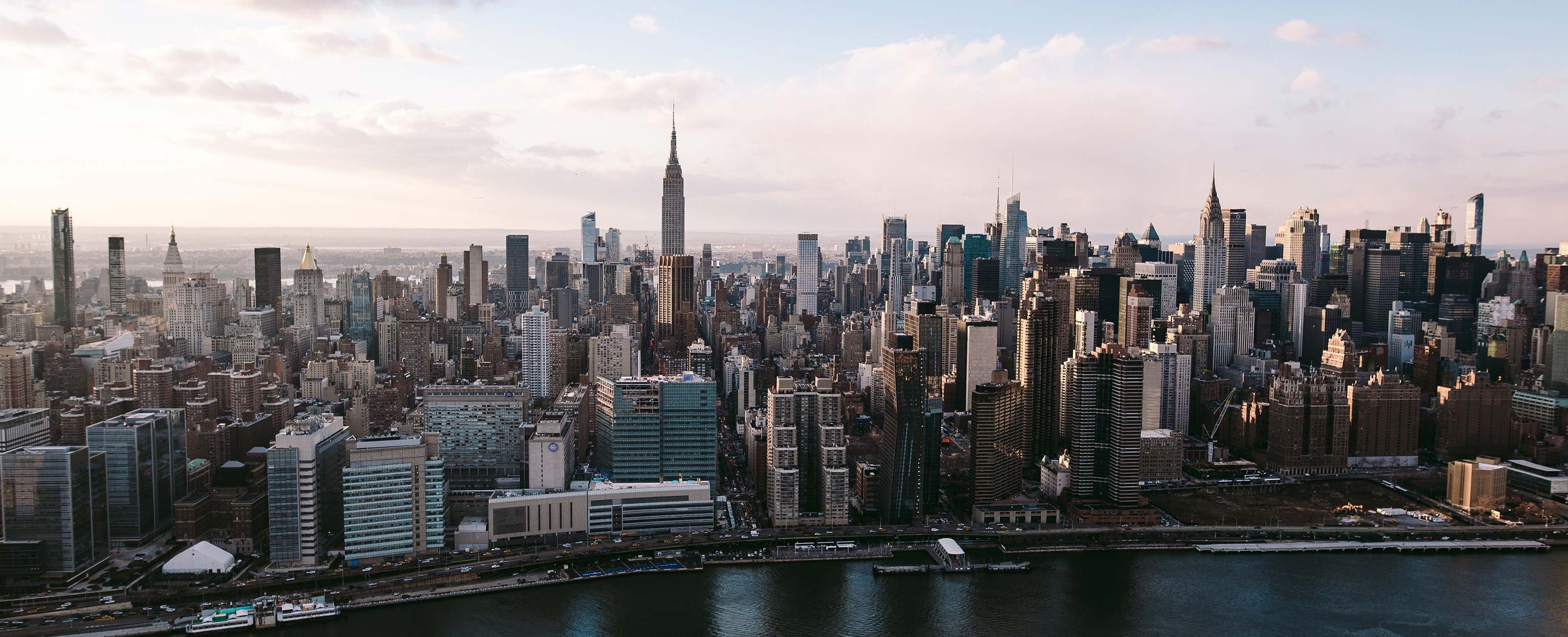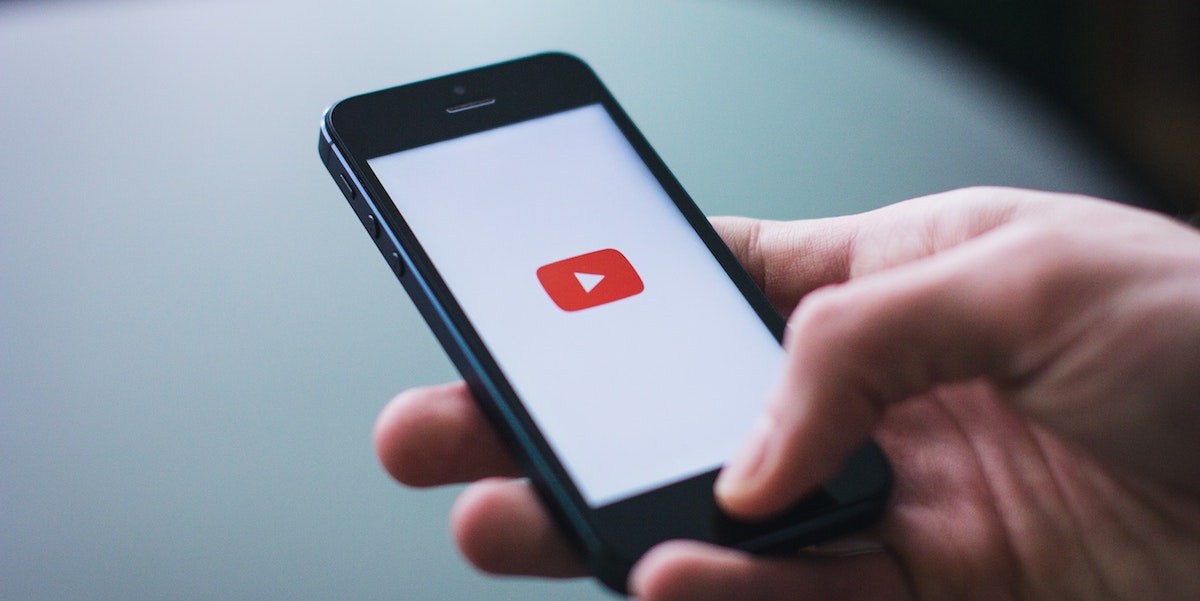
Use Images to Improve SEO and Get More Traffic

You might wonder: why should I improve the SEO for Google image search, as doing an image search isn't what usually brings you to a website, right?
The research shows the following about image search:
- Search: 20% of all searches is an image search.
- Research: People that look for a specific product might start their research in image search and then go to your website.
- Link building: If somebody uses your image, they might link back to your website.
Here's a list of 10 techniques to improve your SEO and visibility with images.
1. Naming your image
The most common things you should avoid when naming an image are:
- Not changing the name your camera indexed the image as. (IMG_20182367.jpg).
- Using underscores in between words for your image (cat_on_a_purple_chair). Search engines will read this as (catonapurplechair).
- Naming the image: “Image-of-a-cat. It is not necessary to use image in the name as it is already assumed.
It's essential to think about what name to give to your images. Keep in mind:
- Name your image before you upload them.
- Use your primary keywords in the image name.
- The name should be descriptive of the image.
- Use hyphens in between words.

2. Image Alt text
Alt text stands for alternative text. It is text that is visible instead of an image for everyone and everything that cannot see the image. This includes:
Visibly handicapped people.
People whose devices, browsers or software for whatever reason do not show images.
Search engine crawlers.
Because search engine can not understand images they will base the relevance of the image on the Alt-text.Alt text ideally has to describe what is visible on the picture, in a way that's understandable for someone who hasn't seen the picture. Alt text should be detailed, without being excessively long.
Use keywords in alt text if it’s relevant.
Do not use alt text as a space to jam as many keywords in as possible, because search engines will punish you for that.
Alt text should be used for any image that is on your page, including buttons like: Subscribe, click here and mail us.
It's not necessary to write “Image of” in your alt text as that is already assumed.
3. Image size
Another essential but often overlooked technique is resizing your images in a program like Photoshop.
- Make sure your image is not too big. Slow loading times because of image size is a bad signal for SEO.
- Change the image size before uploading the image to your website.
- For most websites, a picture of 600 width by 800 height pixels is ideal.
- Common image sizes rank better on image search (Ratios: 16/9 4/3 etc.).

For this image a good name would be (could be different depending on where the article is about and primary keywords: Northern-Mountain-Landscape-And-Lake
4. Placement of an image
The placement of the image does not directly influence SEO. But the placement of images has a direct effect on the first impression visitors have of your page, and, by extension, on the bounce rate. And the bounce rate directly influences SEO -- so make sure to think hard about the placement of the image.
5. Surrounding text
If the text surrounding the image is relevant to the image title and alt text, then it might rank higher for image search SEO. Google does not look solely at the image and the image attributes, it also looks at the context of the image. For example, if you have an image of a frog in an article about motorcycles, the chances of getting a high ranking in the image search is low. However, if you have a picture of a frog in an article about frogs, surrounded with text about frogs, you will rank much higher.
6. Engagement
The number of clicks of an image in the search result page will have a direct result on the rank of the image in the image search engine.
7. SERP rank for query
If your website is present in the search SERP, then it’s more likely that your images will rank higher on the image result page. Read more about SERP here.
8. Image tooltip
An image tooltip is the text that is visible when you hover over an image. This doesn't guarantee improved SEO, but it certainly helps the user to understand the image better. And by improving the overall user experience, it's a boost for SEO.

9. Image sharing
A solid way to get more engagement with your images is to add a social sharing option for those images that are worth sharing on social media.
10. Image caption
An image caption is a text that that will be placed in a box under the image. Captions have a 300% higher chance of being read than the body of a text. Add captions if you think it'll help reader convenience.
If you would like to learn more about Improving your SEO: Read our article about SEO best practices
Related Stories


SEO for video: Learn How To Rank On Youtube
Ranking for Youtube is a whole different game then ranking for Google. But with the unstoppable...

The Strategy For an Optimized Website Redesign Process
Redesigning your website is not a trivial task. If you're not sure whether your website needs a...